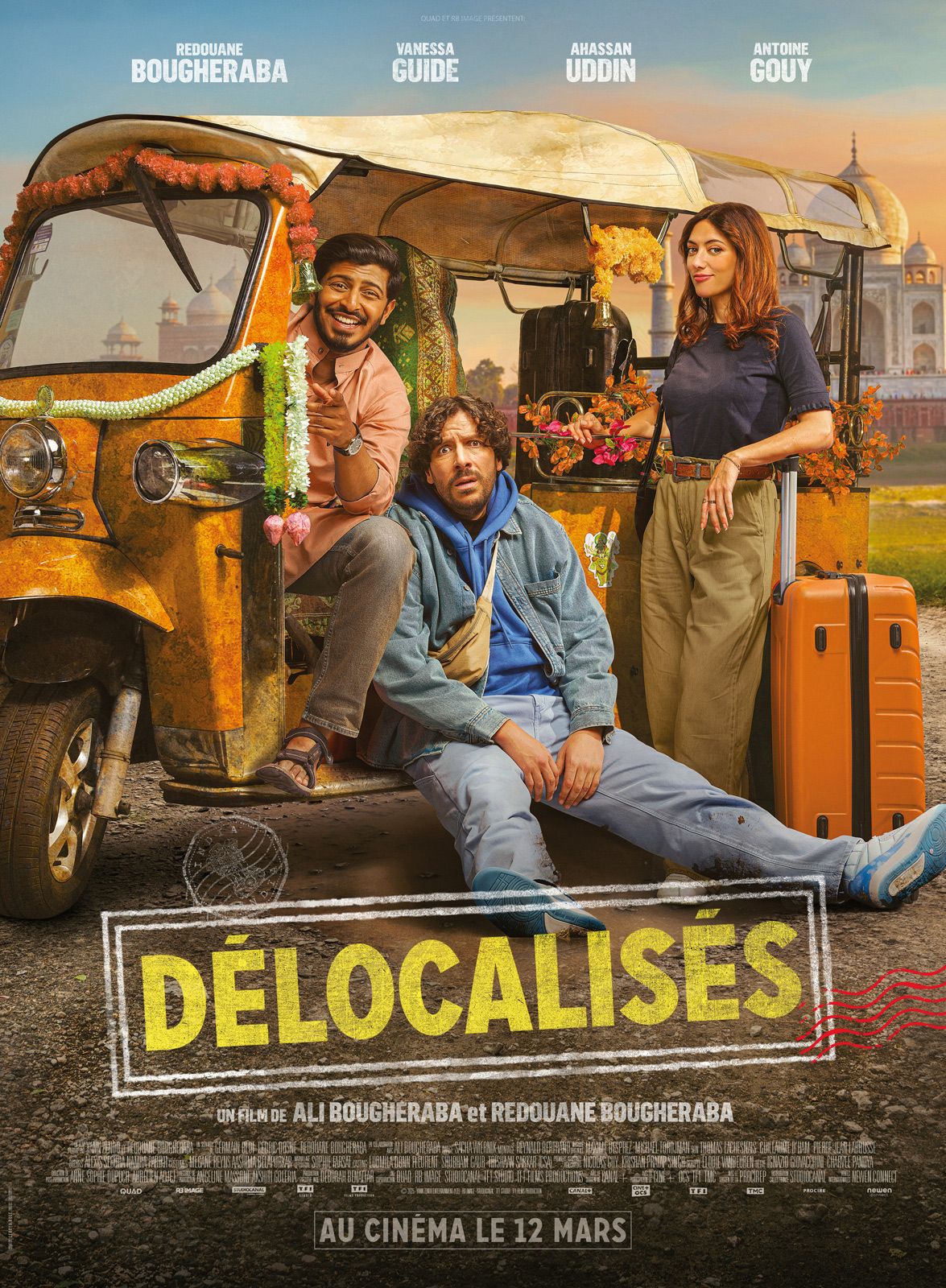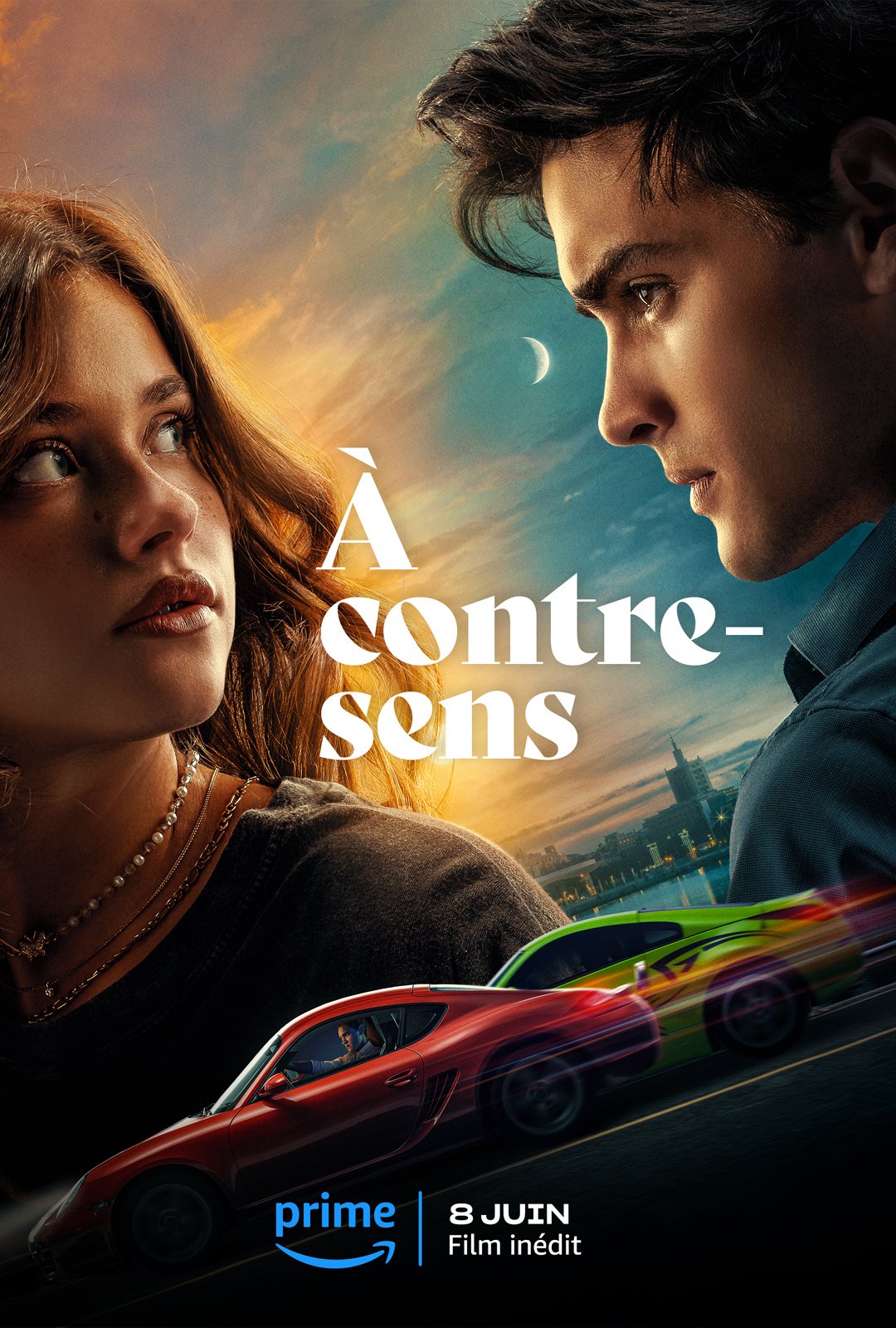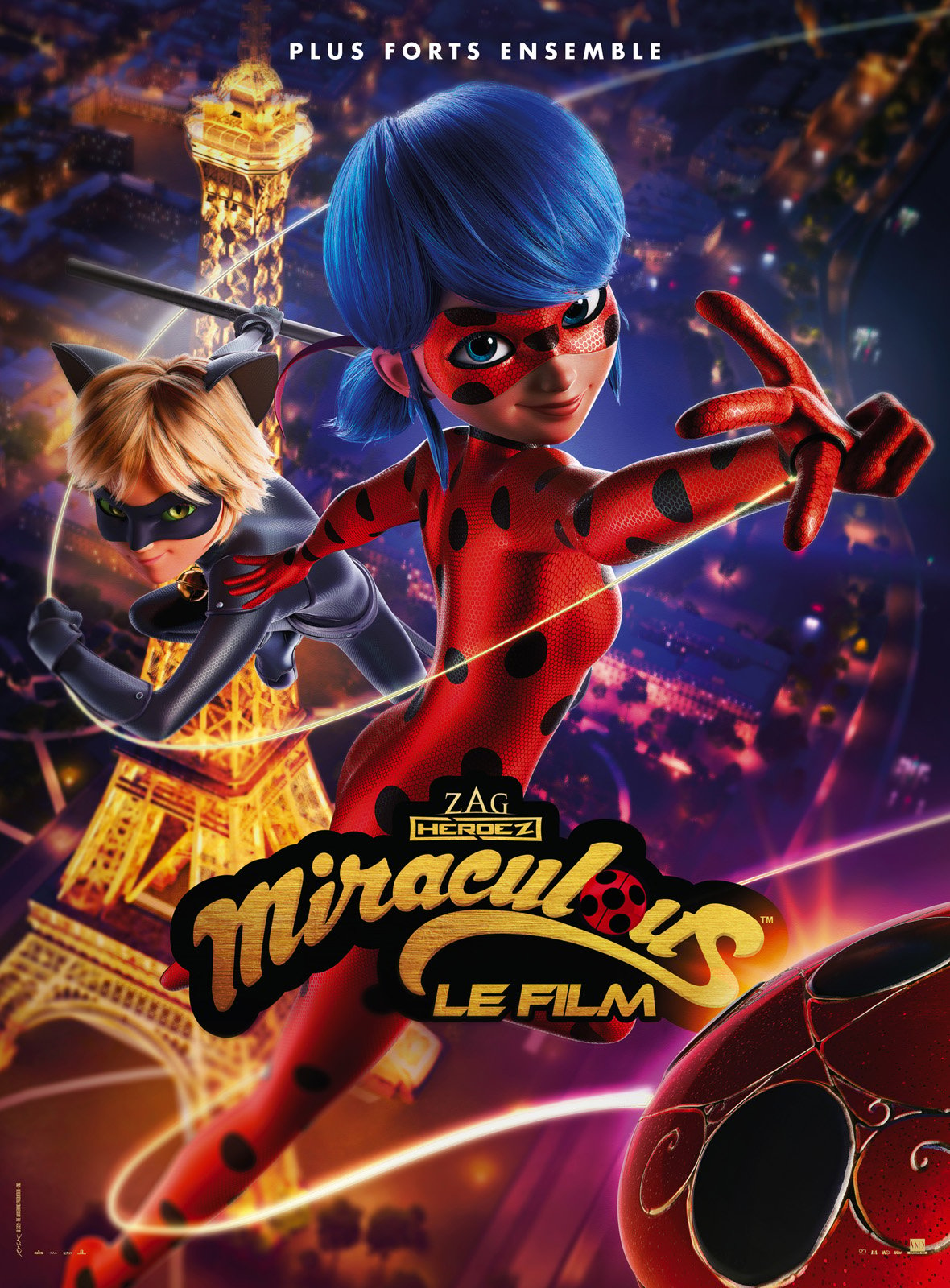There's something truly special about film, isn't there? It’s a word that, very often, brings to mind a particular movie, a story playing out on a big screen. We might say, for example, "that was a good film," and in those moments, the word "film" acts much like "movie." Yet, there is a subtle difference, a kind of quiet dignity that "film" seems to hold, making it feel just a little more serious, perhaps even a bit more refined, compared to the somewhat more casual "movie."
You know, it's almost as if the very sound of "film" carries a whisper of history, of classic artistry. The word "movie," on the other hand, well, it actually comes from "moving picture," which tells you something about its lively, popular roots. So, while both words point to the same thing – those captivating moving images we love to watch – they do carry their own distinct feelings, their own sort of character, if you will. It’s a fascinating little detail in how we talk about the pictures that move.
When you consider the way we talk about these moving pictures, it really shows how deeply ingrained they are in our everyday lives. From finding recommendations online to discussing the actual process of making them, the conversation around film, or movies, is a constant. It's about more than just entertainment; it's about a whole way of seeing the world, and that, is what makes it so interesting to explore.
Table of Contents
- What Makes Film Different From Just Any Movie?
- The Unseen Heroes Behind the Lens - The Film Platoon Cast of Mediums
- A Look Back - How Did Flexible Film Change Everything?
- Choosing the Right Film - What Conditions Matter for the Film Platoon Cast?
- Capturing Moments - The Reusable 35mm Camera and the Film Platoon Cast of Memories
- Are Modern Filmmakers Still Using Film? The Film Platoon Cast of Today's Productions
- The Art of Fidelity - How Print Films Bring Stories to Life
- Tools for the Craft - Supporting the Film Platoon Cast of Celluloid Creators
What Makes Film Different From Just Any Movie?
We often use the words "film" and "movie" pretty much interchangeably, and that's perfectly fine, really. Yet, there's a subtle shade of meaning that sets them apart, something that a lot of people feel, even if they don't quite put it into words. When someone says "film," it often suggests a certain seriousness, a kind of artistic weight. It brings to mind something that might be considered a bit more high-brow, perhaps, or something that aims for a deeper impact. A "movie," on the other hand, feels a little more relaxed, more about general entertainment and a wider appeal. It's like the difference between a formal dinner and a casual get-together; both are about gathering, but the atmosphere is just a little different, you know?
This distinction, in a way, points to the very history of how these moving pictures came to be. The word "movie" actually comes from "moving picture," which pretty much describes what it is – pictures that move. It speaks to the early wonder of seeing still images come to life, a kind of popular marvel. "Film," however, points more to the physical material itself, the strips of celluloid that capture light and create those images. So, in some respects, "film" carries with it the heritage of the medium, the technical craft, and the artistic endeavor, while "movie" highlights the experience of watching it. It's a neat little linguistic quirk, isn't it, that these two words, meaning almost the same thing, carry such different feelings?
The Unseen Heroes Behind the Lens - The Film Platoon Cast of Mediums
When we talk about the pictures that move, whether we call them films or movies, we're really talking about a whole collection of efforts and materials that bring them to life. There's a true "film platoon cast" of mediums and tools that work together, often behind the scenes, to capture the world as creators see it. This isn't just about the actors on screen; it's about the very substance that records their performances, the cameras that hold that substance, and the people who make choices about how to use it all. It's a complex dance of light, chemistry, and human vision, really.
For a long time, the very core of this whole process was, well, film itself. We're talking about those flexible, often transparent, supports that have photographic emulsions coated onto them. This material is what catches the light and forms the images that eventually become the moving picture we watch. So, you might say, the actual film stock is a quiet but incredibly important member of any "film platoon cast," doing the heavy lifting of recording the visual story. It’s a bit like the foundation of a house; you don't always see it, but nothing would stand without it.
A Look Back - How Did Flexible Film Change Everything?
It's quite something to think about how much things changed once flexible film came into being. Before this, cameras were a lot more cumbersome, and capturing a series of moving images was a much more difficult task. But then, in a very important moment, the first commercial transparent roll film was made available. This was a true breakthrough, perfected by Eastman and his research chemist, and it was put on the market at a certain time in history, which was, in a way, a turning point for visual storytelling. This flexible material, you see, was absolutely key.
The availability of this flexible film made so much possible. It wasn't just a small step; it was a huge leap forward that directly led to the growth of what we now know as cinema. Without it, the development of motion pictures as a popular art form and industry would have been, well, very different, perhaps even impossible in the way it unfolded. So, when you consider the "film platoon cast" of materials that shaped our viewing habits, that early flexible film is certainly a standout, a true pioneer that paved the way for everything that followed.
Choosing the Right Film - What Conditions Matter for the Film Platoon Cast?
Just like you'd pick the right tools for any job, filmmakers, or anyone really, who works with film, needs to pick the right kind of film for the conditions they are shooting in. It’s not a one-size-fits-all kind of thing, not at all. Different films are made to react differently to light, to color, and to various settings. So, the choices made here are pretty important for the final look of the picture. This decision-making process is, in some respects, a key part of putting together the "film platoon cast" for any visual project, ensuring each element works in harmony.
When someone is making a movie, they think about a lot of things. This includes how far the camera is from what they are filming, how they arrange things within the shot, and, perhaps most importantly, how they light the scene. All of these elements come together, and the type of film chosen plays a part in how they are captured. There are common problems that can pop up, of course, and knowing how to store film properly is also a big deal to keep it in good shape. So, it's a mix of artistic choices and practical considerations that guide the selection of the right film stock, making it a very deliberate part of the creative process.
Capturing Moments - The Reusable 35mm Camera and the Film Platoon Cast of Memories
There's a charm to the simple, reusable 35mm film camera, isn't there? It’s a device that lets you capture memories in a tangible way, on a strip of film. These cameras, like the M35, often have a fixed focus lens, meaning you don't have to fuss with adjustments; you just point and shoot. You manually wind the film forward after each picture and then rewind it when you're done, which is, in a way, a very hands-on experience. There’s usually a simple switch to turn the flash on or off, making it straightforward to use.
This kind of camera, with its straightforward operation, embodies a certain approach to photography and, by extension, filmmaking. It reminds us that at its heart, film is about capturing light and time. It’s about creating a physical record of a moment. So, when you think about the "film platoon cast" that helps us hold onto those fleeting seconds, the humble 35mm camera, with its simple mechanics, plays a very important part. It's a tool that puts the focus back on the moment itself, rather than on complex settings or digital wizardry.
Are Modern Filmmakers Still Using Film? The Film Platoon Cast of Today's Productions
You might think that in a world full of digital cameras and instant playback, traditional film would be a thing of the past. But that's not quite the case, not at all. Many filmmakers today still choose to shoot on film, and they do so for very good reasons. It’s a preference that speaks to the unique look and feel that celluloid provides, something that digital formats, for all their convenience, don't always replicate perfectly. This ongoing choice means that the "film platoon cast" of celluloid stocks continues to be a relevant player in big productions, which is, well, pretty cool if you ask me.
For instance, some top awards at recent ceremonies have gone to productions that were shot using film. This includes titles like "Anora," "The Brutalist," "I'm Still Here," and "I'm Not a Robot." This shows that film isn't just for historical pieces or niche projects; it's still very much a part of contemporary, award-winning cinema. Many cinematographers, the people responsible for the look of a film, have a consistent history of choosing film for their projects. People like the director of photography for "I, Daniel Blake" and "I Am Not A Serial" have shown a clear preference for working with film, which, in a way, speaks volumes about its enduring qualities.
The Art of Fidelity - How Print Films Bring Stories to Life
When a film is finally ready to be shown on the big screen, it's often Kodak print films that do the job of bringing the filmmaker's art to life. These films are known for their amazing fidelity, meaning they reproduce the images with incredible accuracy and detail. They ensure that what the director and cinematographer intended for the audience to see is presented with very true colors and tones. So, in some respects, these print films are the final, crucial members of the "film platoon cast," making sure the story reaches the audience in its purest visual form.
There are different types of film stocks used throughout the process, each with its own characteristics. For example, there's Vision3 50D color negative film (known by codes like 5203/7203), which is chosen by filmmakers who truly want to capture the world in their own distinct way. Then there's Ektachrome 100D color reversal film (5294/7294), another option that offers a different look and feel. These specific types of film are chosen for their unique qualities, allowing creators to achieve particular visual styles, making the choice of film stock a very artistic decision.
Tools for the Craft - Supporting the Film Platoon Cast of Celluloid Creators
Even in our very connected world, there are still tools that help filmmakers who choose to work with celluloid film. For instance, the Kodak Cinema Tools app is available, providing essential resources for those who use film in their projects. This app is designed to make certain calculations easier, which is, well, quite helpful when you're dealing with the specifics of film. It features a film calculator, which can help with things like how much film you'll need, and a depth of field calculator, which helps determine what parts of the image will be in sharp focus.
These kinds of digital aids show that the tradition of film is not stuck in the past; it's actually supported by modern technology. They help filmmakers make precise decisions, ensuring that their creative vision is realized accurately on film. So, while the "film platoon cast" might include classic film stocks and cameras, it also very much includes these contemporary tools that help today's creators work with the medium. It's a nice blend of old and new, really, all working together to create stunning visual stories.
This exploration has touched on the subtle distinctions between "film" and "movie," the historical impact of flexible film, the importance of choosing the right film stock for specific conditions, and the enduring role of the 35mm camera in capturing memories. We've also looked at how modern filmmakers continue to embrace film for its unique visual qualities, with specific types of film stocks being chosen for their artistic characteristics, and how digital tools now support the use of celluloid in contemporary productions.



Detail Author:
- Name : Mrs. Heather Haag DVM
- Username : reginald07
- Email : hansen.geovany@yahoo.com
- Birthdate : 1991-02-03
- Address : 77145 Mosciski Gateway Suite 427 East Millerview, WY 87790-8997
- Phone : 458.917.2095
- Company : Kuhn LLC
- Job : Chemical Technician
- Bio : Corporis et non non aut est. Exercitationem veritatis sequi consequatur fugit est sit voluptatem. Velit ipsa nostrum facere sed cum dolor id.
Socials
linkedin:
- url : https://linkedin.com/in/emelie.stehr
- username : emelie.stehr
- bio : Qui rerum officiis harum quia.
- followers : 4299
- following : 2655
facebook:
- url : https://facebook.com/stehre
- username : stehre
- bio : Ut eum aliquam cupiditate ex iure incidunt consequatur praesentium.
- followers : 2600
- following : 658
tiktok:
- url : https://tiktok.com/@stehre
- username : stehre
- bio : Quaerat aliquid laudantium ab suscipit ullam vitae.
- followers : 511
- following : 1206
twitter:
- url : https://twitter.com/stehr2001
- username : stehr2001
- bio : In omnis dolores non. Velit praesentium iste ex dignissimos. Esse accusantium laboriosam dicta vel. Ipsa possimus ea non autem numquam dolor totam quo.
- followers : 3621
- following : 2020